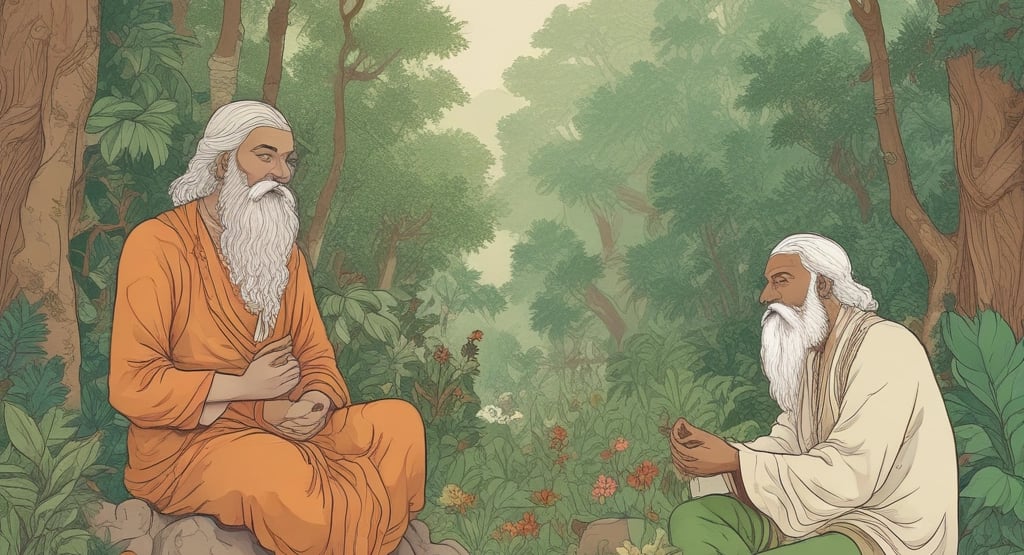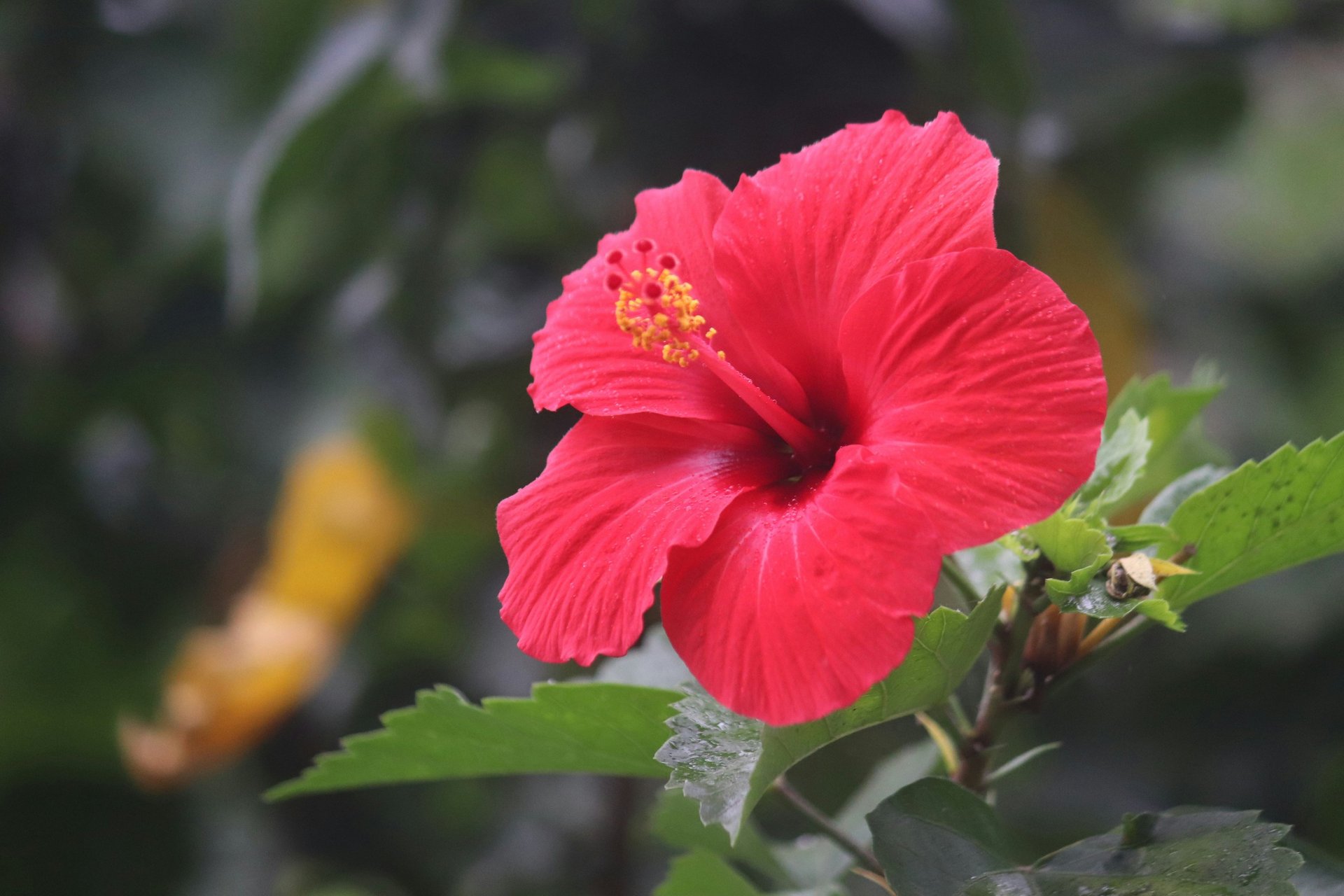The History of Ayurveda: Origins, Evolution & Global Impact
Explore the fascinating history of Ayurveda, the ancient Indian system of natural healing. Learn how Ayurveda evolved from Vedic times to modern holistic wellness practices around the world.


The History of Ayurveda: Origins, Evolution & Global Impact
Ayurveda, the ancient system of natural medicine, has been a cornerstone of Indian culture and healing for over 5,000 years. Derived from the Sanskrit words "Ayur" (life) and "Veda" (knowledge or science), Ayurveda translates to “the science of life.” In this blog post, we’ll take a deep dive into the history of Ayurveda, exploring its origins, evolution, classical texts, and its relevance in modern times.
1. Origins of Ayurveda: Vedic Beginnings
The roots of Ayurveda can be traced back to the Vedic period of India (around 1500 BCE). It is said to have emerged as a part of the Atharva Veda, one of the four Vedas—the ancient Hindu scriptures. The Vedas contain hymns and rituals, but also detailed information on herbs, surgeries, and treatments for various ailments.
According to tradition, Ayurveda was divinely revealed to ancient sages (rishis) by Lord Brahma, the creator in Hindu mythology. These sages passed on this wisdom through oral tradition, which was later documented in Sanskrit texts.
2. The Classical Texts of Ayurveda
The foundational knowledge of Ayurveda was systematized in three major treatises, often referred to as the Brihat Trayi (Great Triad):
Charaka Samhita (circa 300 BCE): Focused on internal medicine (Kayachikitsa). Authored by the sage Charaka, this text describes physiology, diagnosis, herbal treatments, and ethics of medical practice.
Sushruta Samhita (circa 600 BCE): Known for its detailed knowledge of surgery (Shalya Tantra). Sushruta is often called the “father of surgery” and described techniques like rhinoplasty and cataract removal.
Ashtanga Hridaya (circa 500 CE): Written by Vagbhata, it combined knowledge from both Charaka and Sushruta into a concise and accessible format. It covers eight branches of Ayurveda (Ashtanga Ayurveda), from internal medicine to rejuvenation therapies.
These texts form the theoretical and practical backbone of Ayurveda and are still studied by Ayurvedic practitioners today.
3. The Eight Branches of Classical Ayurveda
Ayurveda is a comprehensive system with eight specialized areas, also called Ashtanga Ayurveda:
Kayachikitsa – Internal medicine
Shalya Tantra – Surgery
Shalakya Tantra – ENT and eye diseases
Kaumarbhritya – Pediatrics and obstetrics
Agada Tantra – Toxicology
Rasayana – Rejuvenation therapy
Vajikarana – Aphrodisiac therapy
Bhuta Vidya – Psychiatry or spiritual healing
This multi-dimensional approach sets Ayurveda apart from other ancient systems.
4. Ayurveda During the Buddhist and Medieval Periods
During the time of Buddha (circa 5th century BCE), Ayurveda continued to flourish. Buddhist monks played a significant role in spreading Ayurvedic principles to Tibet, China, Sri Lanka, and Southeast Asia. This period also saw the compilation of important Buddhist Ayurvedic texts and the integration of local herbs and healing techniques.
In the medieval era, especially under Mughal and later British rule, Ayurveda faced challenges. Persian and Unani medicine gained prominence, and Western medicine eventually started to dominate with the arrival of the British in India. Despite this, Ayurveda continued to be practiced in rural India and preserved by dedicated Vaidyas (Ayurvedic doctors).
5. Revival of Ayurveda in Modern India
With India’s independence in 1947, there was a renewed interest in indigenous systems of medicine. The Indian government formally recognized Ayurveda as a legitimate medical system. Institutions like:
Banaras Hindu University (BHU)
National Institute of Ayurveda (NIA)
All India Institute of Ayurveda (AIIA)
were established to promote education, research, and clinical practice in Ayurveda.
The Ministry of AYUSH (Ayurveda, Yoga & Naturopathy, Unani, Siddha, and Homeopathy) was formed in 2014 to oversee the development of traditional medicine.
6. Global Spread and Popularity
In recent decades, Ayurveda has seen global acceptance, particularly in countries like the USA, UK, Australia, and Germany. Its focus on preventive health, natural healing, and lifestyle balance appeals to those seeking alternatives to allopathic medicine.
Today, Ayurvedic practices such as:
Herbal supplements
Panchakarma detox therapies
Ayurvedic diet and cooking
Meditation and yoga integration
Ayurvedic skincare and haircare
are widely adopted even outside India.
7. Ayurveda Today: A Holistic Approach to Modern Living
Ayurveda is not just a system of medicine—it’s a philosophy of life. It teaches us to live in harmony with nature, understand our individual body types (Doshas), and practice daily rituals (Dinacharya) for well-being.
In a world of stress, pollution, and unhealthy habits, Ayurveda offers a return to balance through natural therapies, mindful eating, herbal remedies, and inner peace. Whether you're dealing with chronic conditions or simply want to maintain good health, Ayurveda offers tools rooted in time-tested knowledge.
Final Thoughts
The history of Ayurveda is a remarkable journey—from ancient Vedic hymns to global wellness centers. Its survival and evolution over thousands of years reflect its deep-rooted effectiveness and spiritual wisdom. As modern science begins to validate ancient claims, Ayurveda is no longer just a traditional practice—it’s a global movement toward natural healing.
Whether you're new to Ayurveda or a long-time believer, understanding its rich history helps you appreciate the depth and potential it holds for a healthier future.

